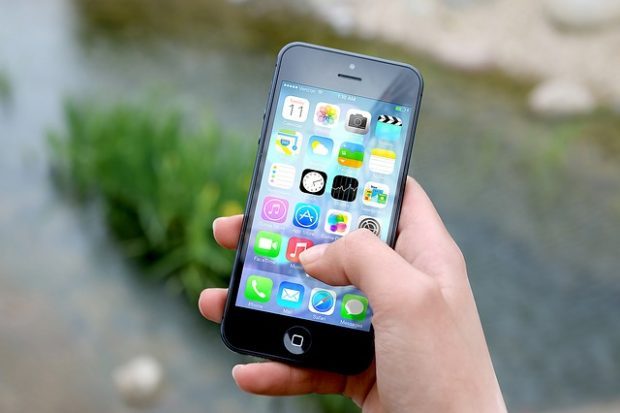Whether you’re planning a trip, an important dinner, or simply want to avoid being “the rude tourist,” here are some unwritten rules of dining etiquette in France. Because there, even a simple meal can become an affair of state!
1. Never Rest Your Elbows on the Table
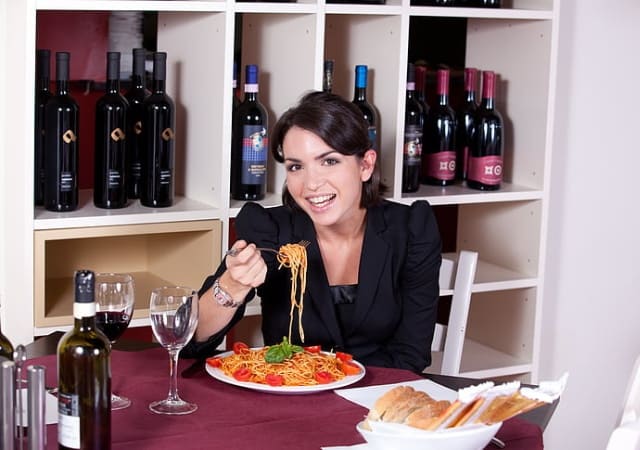
In medieval times, putting your elbows on the table would have been seen as a lack of discipline, or even a challenge to your neighbors.
Today, it’s still considered poor etiquette. Plus, putting your elbows on the table could end up looking like you’re trying to nap on the spot, which is never very well received at a dinner party.
It can also invade your neighbors’ space, thereby becoming a somewhat unpleasant experience.
So, keep your elbows close to your body, and leave only your forearms on the edge of the table to appear more polite.
2. Place Your Napkin on Your Lap
As soon as you sit down, place the napkin on your lap. It’s the ultimate gesture of elegance, a bit like putting on a distinguished diner’s invisible suit.
And no, the napkin doesn’t serve as a tie or bib, even if it would be more practical to avoid stains.
By placing it on your lap, you avoid crumbs or splashes ending up on your clothes.
At the end of the meal, place it gently on the table, to the left of your plate, as if you are saying, “That dinner was so exquisite that my napkin needs a rest.”
3. Choose the Furthest Cutlery on the Way Back to the Center
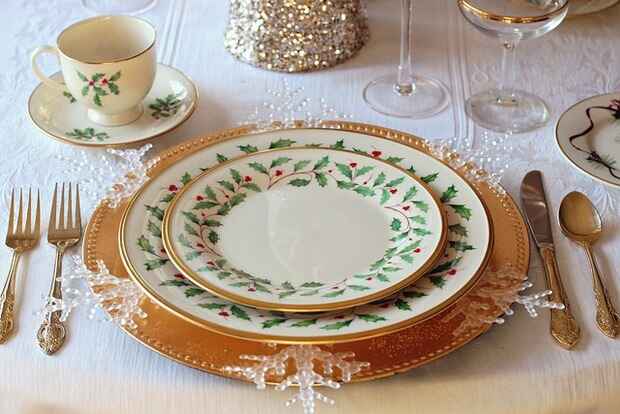
A table set for a formal meal in France looks like a battlefield of cutlery.
But don’t worry, there’s a precise strategy: start with the cutlery furthest from your plate and work your way towards the center.
It’s a bit like a treasure hunt, with each dish bringing you closer to the big prize: dessert.
This ensures that you don’t set the wrong place setting, and that your dinner isn’t turned into a test of dexterity.
4. Place Your Cutlery Side by Side on the Plate to Signal That You Are Finished
Finishing a meal in France is quite an art, and even your cutlery needs to know how to dance the polite waltz.
When you’ve finished eating, place your cutlery parallel to each other, usually at 4 o’clock on an imaginary clock on your plate.
This sends a clear message to the serving staff: “Mission accomplished, I’m full!”
Avoid crossing them like musketeers’ swords, or you’ll create confusion.
5. Cut the Cheese Correctly
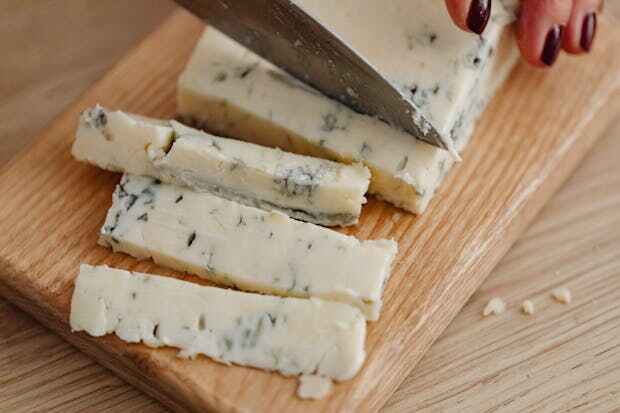
Cutting cheese in France is a sacred act, almost like sculpting a fine work of art.
For round or pointed cheeses, start at the center and cut outwards, so that each piece has a fair share of rind and heart.
For rectangular cheeses, cut in perpendicular slices.
If you cut the cheese any other way, you’re likely to end up with disapproving looks worthy of the social guillotine.
And remember, proper slicing can even be a topic of conversation!
6. Always Say Bon Appétit
Saying “bon appétit” in France is more than just a courtesy, it’s almost a rite of passage.
Before you plunge your fork into the first course, send out a cheerful “bon appétit” to everyone around you.
It’s a warm way of saying, “May the food be delicious and our company enjoyable!”
It’s also a little spell that ensures everyone enjoys themselves (or so we like to think).
7. Don’t Drink Before Toasting

In France, having a drink without toasting first is like starting a dance without greeting your partner.
Wait until everyone has a glass in hand, then toast by looking your table companions in the eye.
It shows you’re ready to share this convivial moment.
A toast before drinking ensures that everyone is on the same wavelength and, incidentally, avoids seven years of unhappy lovemaking (or so the story goes).
8. Eat With the Knife in Your Right Hand
In France, holding a knife in the right hand and a fork in the left is a bit like following a classical choreography.
This tradition dates back to the days when the right hand was considered the hand of precision, ideal for cutting food.
So, even if you’re left-handed, adopt the posture of an elegant diner and dance with your cutlery like an etiquette pro.
9. Cut Your Bread by Hand
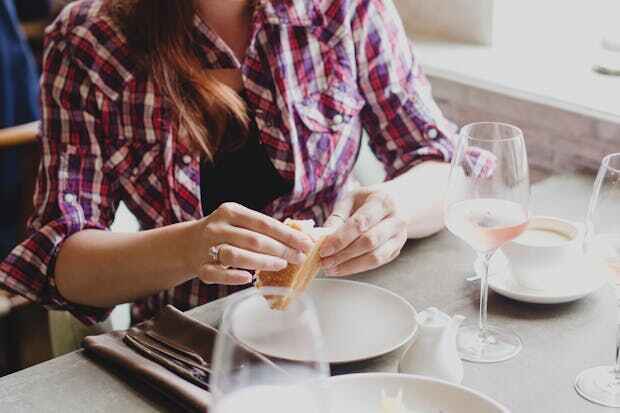
In France, bread is sacred and cutting it with a knife is considered heresy.
So break your bread by hand, like a true Gaul, and share it with your neighbors.
It’s a gesture of conviviality and simplicity that reminds us that, sometimes, the best things in life are the simplest.
Plus, it avoids turning your plate into a field of crumbs, and is much more fun than slicing it with a knife.
10. Serve Others Drinks Before Yourself
When dining in France, serving others before yourself is an act of generosity and politeness.
It’s a bit like saying, “I’ll make sure your glass is full before I fill mine, because your comfort is just as important as mine.”
It shows that you’re attentive to the needs of other guests and that you value conviviality.
Plus, it gives you a great excuse to socialize while pouring wine.
11. Don’t Salt Your Dish Until You’ve Tasted It
Salting before tasting is the culinary equivalent of making a hasty judgment.
In France, it can be perceived as an affront to the cook, as if you were insinuating that the dish lacks flavor before you’ve even tried it.
So take a bite, savor the flavors, and only then adjust the seasoning if necessary.
It’s a bit like giving someone a chance to impress you before you criticize them.
I aim to share my tips and recommendations for the beautiful country of France. My goal is to help you plan your next adventure, whether it’s a weekend getaway or a once-in-a-lifetime trip. From finding the best hotels and restaurants, to discovering unique activities and sights, I’ve got you covered!

